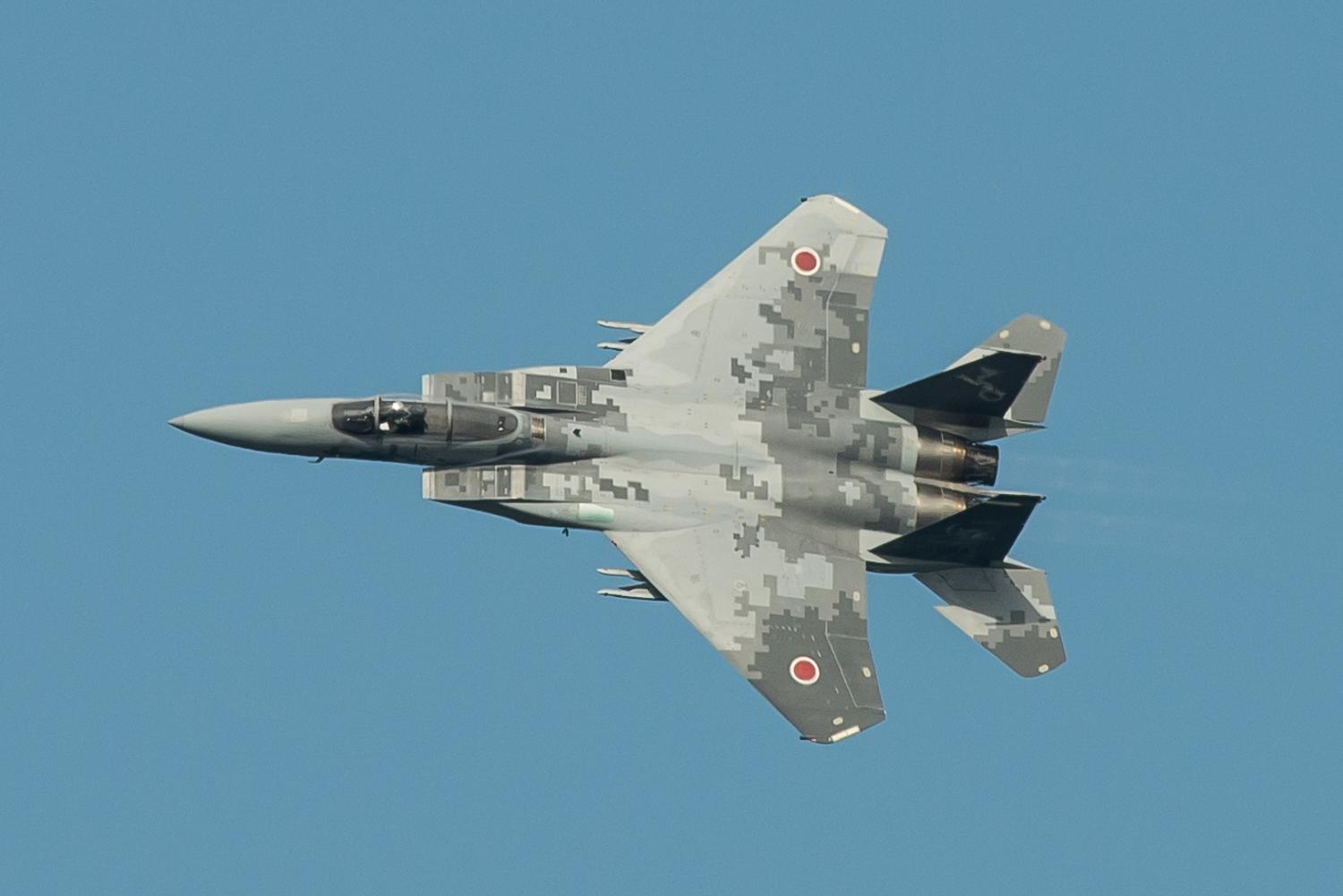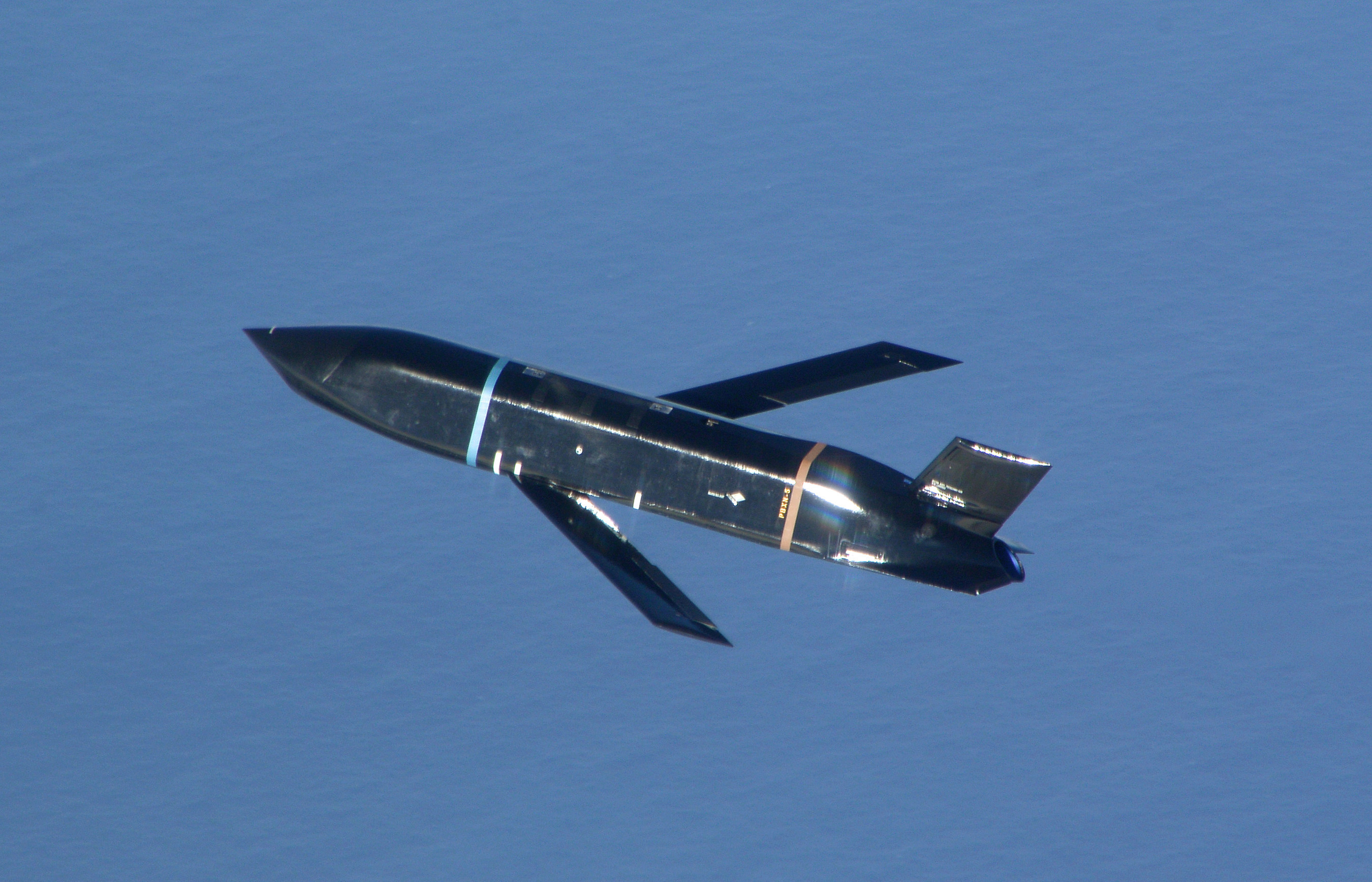The Japanese Defense Ministry has said the country’s F-15J upgrade program will proceed without the Lockheed Martin AGM-158C Long-Range Anti-Ship Missile (LRASM), according to the state broadcaster NHK.
Asian F-35: South Korean KF-21 Fighter Jet Hogs Global Limelight After Key Partner Rejoins Program
The Japanese Air Defence Force’s (JADF) F-15J upgrade program was first included in the fiscal year 2019 as a strategic deterrent against military assertiveness by China in the region.
AGM-158C missile is a long-range, precision-guided anti-ship missile designed to meet the needs of the US Navy and Air Force.
The Lockheed Martin LRASM has a 1,000-pound penetrator and blast-fragmentation warhead, multi-mode sensor, weapon data link, and enhanced digital anti-jam global positioning system to detect and destroy selected surface targets within groups of ships.
A report by Military Aerospace and Electronics notes that Lockheed Martin has been developing LRASM for over a decade now, primarily under the watchful eye of the Defense Advanced Research Projects Agency.
The missile is expected to replace the Harpoon anti-ship missile, which is nearing the end of its operational utility.
Lockheed Martin is responsible for the overall development of the anti-ship missile while the BAE Systems Electronic Systems is carrying out R&D for the missiles onboard sensor systems.

The missile has the capability to be guided towards enemy ships from ranges as far as 200 nautical miles by its launch aircraft. It flies towards the target at medium altitude, then drops down to lower altitudes for a sea-skimming approach to counter the target ship’s anti-missile systems.
Despite scrapping the contract, the Japanese defense ministry said it would continue to work on its program for the 70 F-15s. Open-source information also indicates that Japan is considering the installation of indigenous standoff missiles on its F-2 fighter jets.
ZERO Buyers! Boeing ‘Hard Sells’ Its F/A-18 Super Hornets To Indian Navy; Global Customers Give It A ‘Royal Snub’
Why Was Lockheed Martin Dropped?
The decision to drop Lockheed Martin has been the result of a surge in overall expenditure since the inception of the contract. The LRASM upgrade exceeded the initial cost presented by the American defense and aerospace giant from its initial proposal of about $7.2 billion to around $2.2 billion.

One of the compounding factors which resulted in the ballooning of costs has been the supply shortage of essential electrical components.
This move has been perceived to be a major setback for the American firm which stands to lose out on a hefty defense deal.
The Japanese Defense Ministry had aimed to arm 68 F-15s of the Japan Air Self-Defense Force LRASM as a defense against ships and landing forces. The LRASM was chosen for being a stealthy, air-launched anti-ship cruise missile. Officials from Japan’s Defense Ministry organized a press briefing where they formally highlighted their reasons for not going ahead with the missile contract.
The costs following the initial appraisal after parts of the project were revised led to this reconsideration.

The plan to replace and integrate the missile systems to meet Japan’s technical specifications was a key factor in the price surge. It is pertinent to note that an equivalent of $354.9 million which was earmarked for the project in 2020 had not been spent.
The ministry decided not to allocate further $193.8 million for the project in this year’s budget and instead opted to continue price negotiations with the United States.
Ministry officials told the media that upon reviewing the program and further negotiations with the United States Air Force (USAF) and Mitsubishi Heavy Industries, it deemed it fit to scrap the plans for the anti-ship missiles. According to Japanese Defense Ministry officials, the approximate cost of the F-15J upgrades would be around $3.6 million.
The F-15J Upgrade Plan
JADF’s F-15s will instead be armed with joint air-to-surface standoff missiles (JASSMs). Additional areas which are being looked into are methods to enhance the jet’s payload capacity from four missiles to eight. Efforts to improve the F-15’s electronic warfare capabilities are also being explored.
As compared to the LRSAM, the JASSM’s operational capabilities are lower in terms of its effective range and stealth factor. “Although the cost has increased since the Medium-Term Defense Program was established, the role of F-15s as a missile carrier by utilizing high missile-loading capability is important,” read a written brief provided to journalists at the press conference.
#Japan will upgrade theyr #F15J to #F15JSI
The upgrades will introduce a new AN/APG-82(v)1 radar, Honeywell Advanced Display Core Processor II mission computers, BAE Systems AN/ALQ-239 digital EW systems, anti-spoofing GPS, new radios and advanced cockpit system#JASDF #AvGeek pic.twitter.com/05bXlnQlBr— The Dead District (@TheDeadDistrict) July 30, 2020
According to analysts, the upgrades will introduce a new AN/APG-82(v)1 radar, Honeywell Advanced Display Core Processor II mission computers, BAE Systems AN/ALQ-239 digital EW systems, anti-spoofing GPS, new radios, and an advanced cockpit system.
US Lures India With ‘Hybrid’ F-21 Fighter Jet That Boasts Capabilities Of Both F-35 & F-22 Raptor
A new budget request for the project is also being chalked up by the ministry for the next fiscal year. Furthermore, the ministry expects that the upgrade of 20 jets to be completed by March 2028.
The Japanese government reportedly stands to save tens of billions of yen by letting go of the Lockheed missile. “It is still a potent upgrade. The only missing element is long-range munitions at standoff ranges. Japanese F-15s will continue to be air defense fighters,” said a military aviation analyst.




